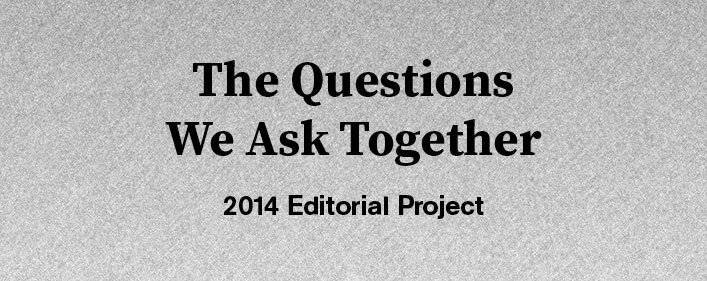Which hierarchies are good?
The moral overtones of the question strike me as daunting. Other usages of good––good sex, good times, “How you doing?” “I’m good”––neutralize the ethical baggage of good versus evil. But a question about good hierarchies within a forum on socially engaged art begs an upright, polemic response. I dare say that social practice is prone to moral conflict. The conflicts are rooted in self-righteousness and power dynamics that are the heart and soul of hierarchy. Such an assertion demands unpacking (there’s an oblique reconsideration below) but I have no moral high-ground, I’m as conflicted as any person, so I need to approach this from another angle.
Michael, Jackson, Don’t Stop Til You Get Enough, (C) 2001 SONY BMG MUSIC ENTERTAINMENT
Talent is refreshingly hierarchical. Certain people are better at certain things, which is not to say society’s relationship to talent escapes inequalities regarding access, distribution, or arbitrary factors like standards for attractiveness––all of which comprise separate, yet interconnected, hierarchies. Talent can lead to popularity can lead to success, but the three have no logical, hierarchical linkage. Seven million likes on YouTube do not signal talent. In fact, consensus has a dubious relationship to hierarchies of discernment. “Art-by-committee” and “appealing to the lowest common denominator” are strictly derisive, yet universal appreciation of Michael Jackson affords the comforts of communion like little else. Necessary or not, hierarchies provide structure.
Invitations—the bread and butter of (artistic) social engagement––enact hierarchy. Largesse is double-edged, as potlatch and naming-rights remind us. Doubling down on OE’s invitation to me, I invited two undergraduate students from MIAD to also respond to the question.
Stephanie Gage writes, “When translated into different contexts, the term “hierarchy” can mean a multitude of things. The idea of an inherently and wholly “good hierarchy” is flawed, the very definition of the word demands inequality. This makes societal hierarchies problematic––certain social and financial hierarchies may limit power to individuals already at the top, leaving those at the bottom unequal and unprivileged. Depending on the individual hierarchy, there is a complex mix of good and bad within it.
Perhaps the closest we can come to an inherently good hierarchy is through the lens of art, for example, the visual hierarchy of a painting. Visual hierarchy helps the viewer better understand the artist’s intention. Although this hierarchy also runs into problems because a piece of art enters the realm of subjectivity, leaving critical evaluation up to “the viewer.”
Zach Hill offers, “The hierarchy that existed as the slice of bacon cheeseburger pizza I just ate: crust, sauce, toppings, cheese, is a good one. It was delicious and visually enticing, the main reason I bought it in the first place, therefore fulfilling its function. However, it is hard to imagine a complex hierarchy that is entirely good or bad.
School, for example. Inherent in the countless objective and subjective layers of school there is one ultimate function, to educate people. If this goal is not met, which as a current student I see often, the hierarchy has failed. One the other hand, I see the hierarchy perform its function flawlessly in some cases. When a hierarchy reaches a certain complexity, it is neither good nor bad but simply exists for the individual to manipulate and use accordingly.”
About the contributors: Paul Druecke lives in Milwaukee Wisconsin. His suite of three bronze plaques, This Is Not A History, is included in the 2014 Whitney Biennial. His second book, Life and Death on the Bluffs, was recently published by Green Gallery Press. A co-authored discussion of his work will be included in the forthcoming Blackwell Companion to Public Art. He’s an invited Resident at the Zentrum für Kunst und Urbanistik in Berlin in 2014. Druecke received a Mary L. Nohl Fellowship in 2010. He has created projects with the Kölnischer Kunstverein, Cologne; The Suburban, Chicago; Outpost for Contemporary Art, Los Angeles; Spaces World Art Program, Cleveland; Green Gallery, Milwaukee; Many Mini Residency, Berlin; and the Contemporary Art Museum Houston among other venues. His work has been featured in Camera Austria and InterReview, and written about in Artforum, Art in American, Artnet.com, and Metropolis.com. asocialevent.com
Stephanie Gage is currently a junior in the Printmaking program at the Milwaukee Institute of Art and Design. She has just curated her first show, which opens May 2nd, 2014 at the Jackpot Gallery in Milwaukee. stephanielanegage.com
Zach Hill is currently studying Integrated Studio Arts at The Milwaukee Institute of Art and Design, focusing on drawing, sculpture, and performance. His one-man play, Infamous Me, debuts at an undetermined venue in the summer of 2014. zach-hill.com
